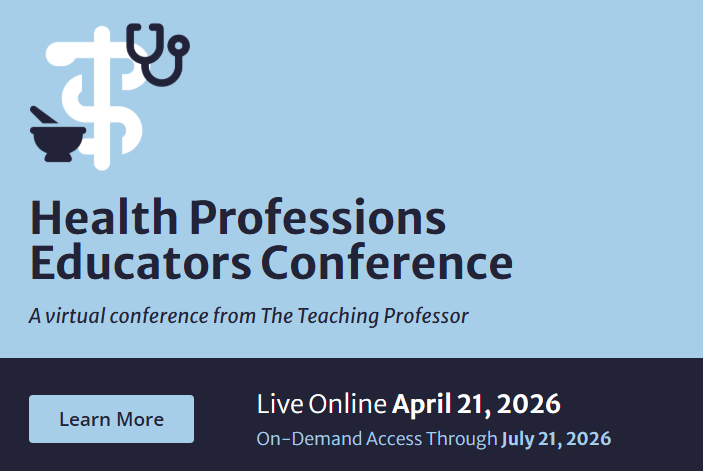Do Students Like Your Communication Style?
Should instructors care whether or not students find their exchanges satisfying? They should, because as this research (and previous studies) document, those levels of satisfaction correlate positively and significantly with something these researchers call “affective learning.” Affective learning involves student feelings and emotions toward the subject matter and the teacher.



